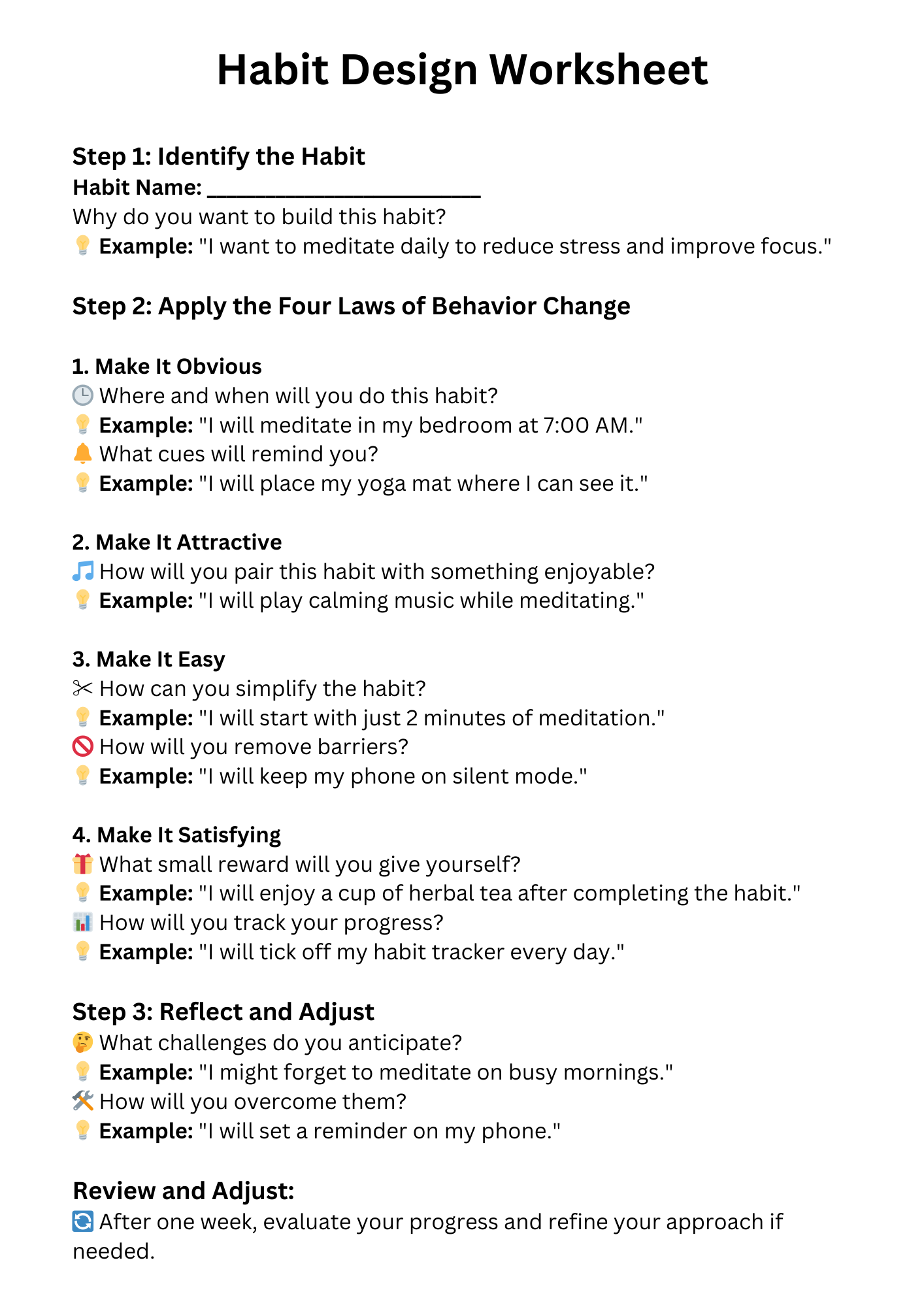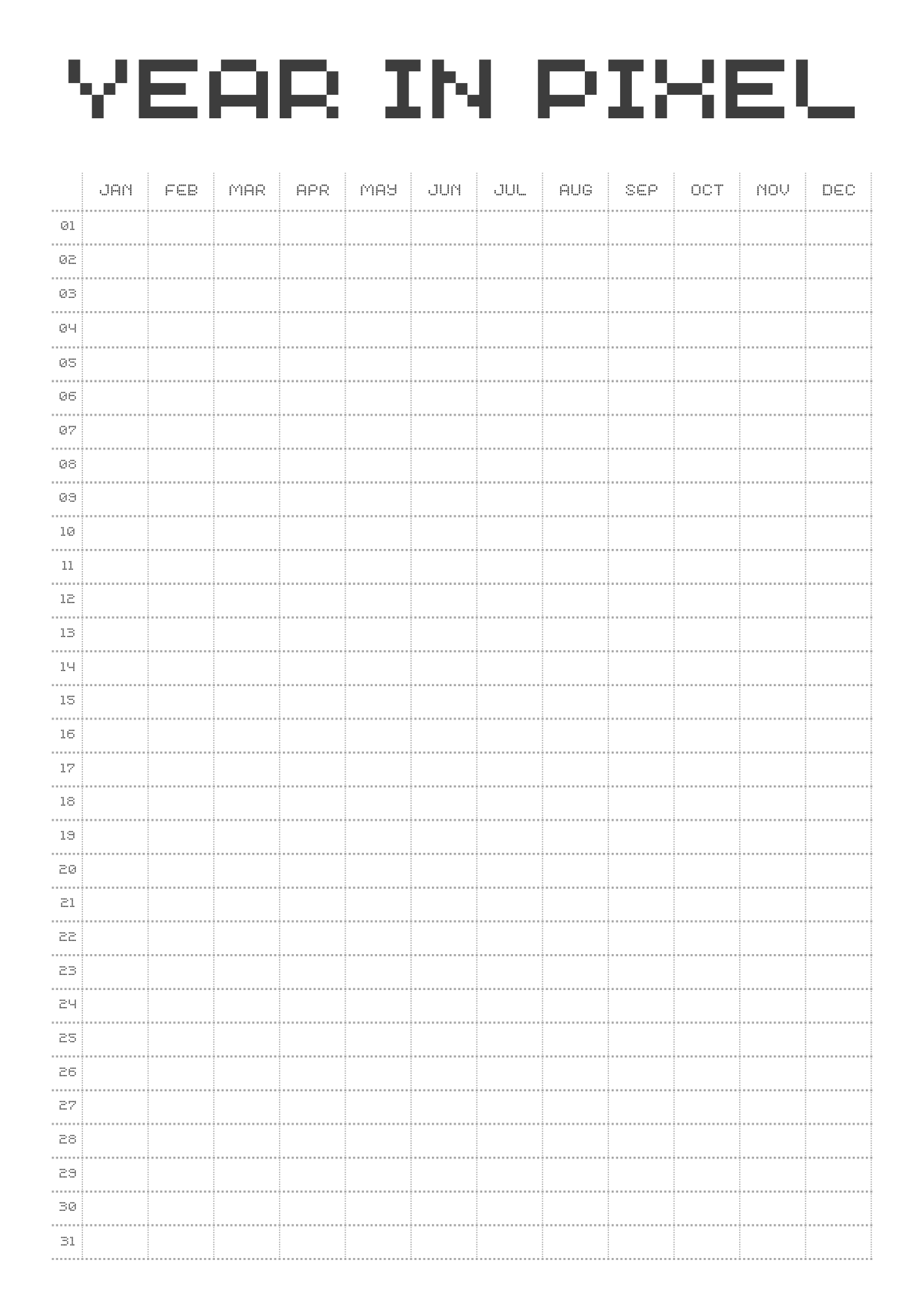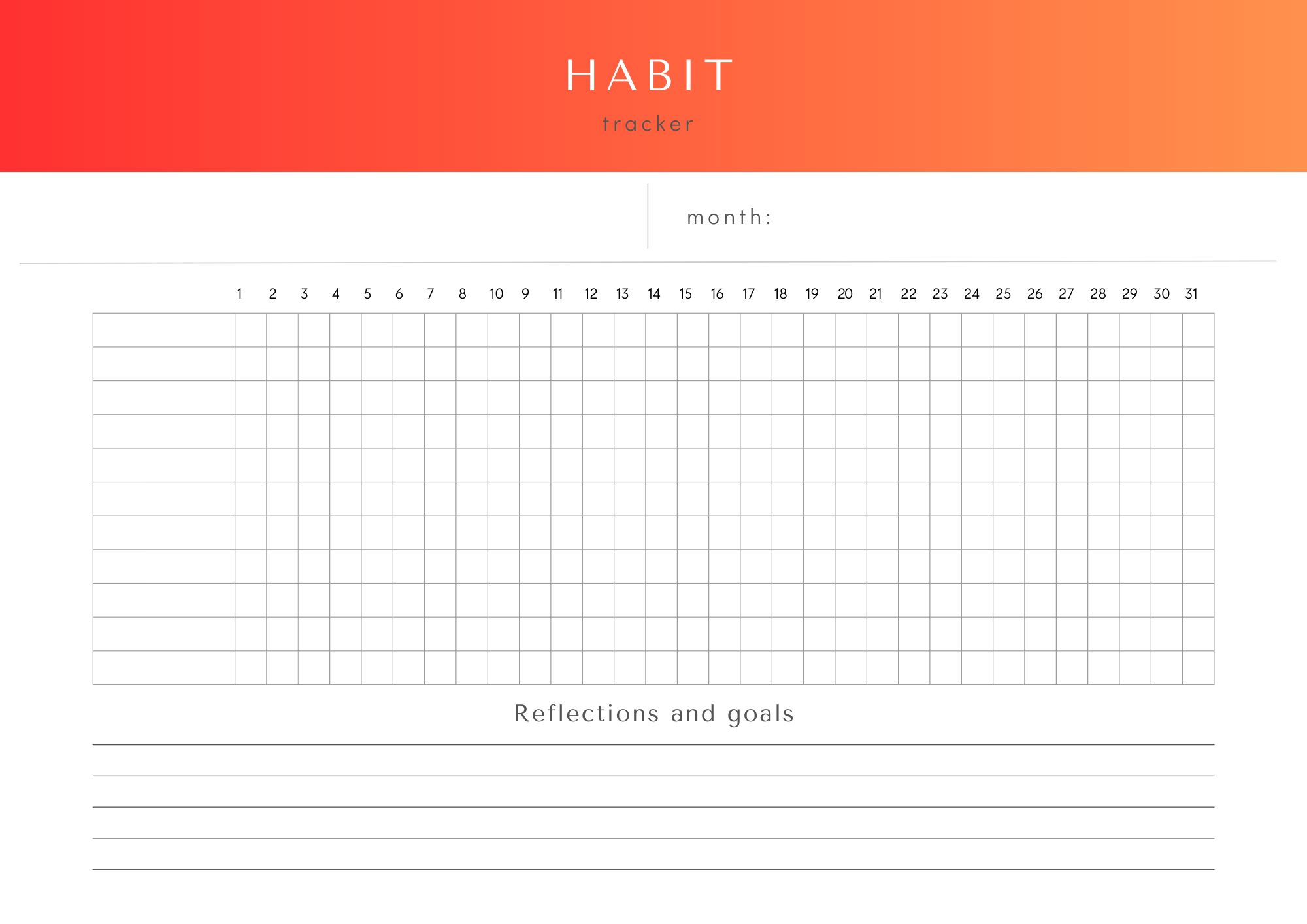Deep Work Downloadable Trackers
🧶 Tags:: #Downloadable
🗃 Resources:: Deep Work (2016)
2024-12-20 | 22:12
Habit Design Worksheet

Step 1: Identify the Habit
-
Habit Name: ____________________________
-
Why do you want to build this habit?
💡 Example: "I want to meditate daily to reduce stress and improve focus."
Step 2: Apply the Four Laws of Behavior Change
1. Make It Obvious
-
🕒 Where and when will you do this habit?
💡 Example: "I will meditate in my bedroom at 7:00 AM." -
🔔 What cues will remind you?
💡 Example: "I will place my yoga mat where I can see it."
2. Make It Attractive
- 🎵 How will you pair this habit with something enjoyable?
💡 Example: "I will play calming music while meditating."
3. Make It Easy
-
✂️ How can you simplify the habit?
💡 Example: "I will start with just 2 minutes of meditation." -
🚫 How will you remove barriers?
💡 Example: "I will keep my phone on silent mode."
4. Make It Satisfying
-
🎁 What small reward will you give yourself?
💡 Example: "I will enjoy a cup of herbal tea after completing the habit." -
📊 How will you track your progress?
💡 Example: "I will tick off my habit tracker every day."
Step 3: Reflect and Adjust
-
🤔 What challenges do you anticipate?
💡 Example: "I might forget to meditate on busy mornings." -
🛠️ How will you overcome them?
💡 Example: "I will set a reminder on my phone."
Review and Adjust:
🔄 After one week, evaluate your progress and refine your approach if needed.
Year in Pixels: A Simple Habit Tracker for a Year

The "Year in Pixels" habit tracker is a fun and visually appealing way to track your progress for an entire year. It uses a grid to represent each day of the year, allowing you to mark your daily success with a color-coded system. This tracker focuses on one habit, such as exercise, taking vitamins, or meditating.
How It Works:
-
Visualize Progress:
- The grid consists of 365 small squares, one for each day of the year.
- Each square is a day where you track whether or not you completed your habit.
-
Color-Coded Key:
- Assign a color to different levels of success or consistency.
- For example:
- Green 🟩 = Habit completed fully
- Yellow 🟨 = Partially completed
- Red 🟥 = Not completed
-
Simple and Effective:
- At a glance, you’ll see patterns in your habit performance over weeks and months.
- It’s easy to spot streaks and areas for improvement.
Example: Exercise Habit Tracker
-
Step 1: Create the Grid
- Download the "Year in Pixels" sheet or draw a 12x31 grid on a notebook.
-
Step 2: Define Your Key
- 🟢 Green: Worked out for 30+ minutes.
- 🟡 Yellow: Did light activity (e.g., stretching or walking).
- 🔴 Red: Missed the day.
-
Step 3: Daily Logging
- At the end of each day, color the corresponding square based on your activity level.
-
Step 4: Monthly Reflection
- Count your green and yellow squares to measure success.
- Reflect on red days: What stopped you? How can you adjust for the next month?
Benefits:
- Motivating: Seeing streaks of green is highly motivating! 💪
- Accountability: You’ll think twice before skipping a day because you want your streak to continue.
- Awareness: Helps you identify trends, like if weekends or certain times of the month are challenging for your habit.
Start today and make this year your most productive yet! 🎉
Monthly Habit Tracker
Monthly Habit Tracker: Stay on Top of Your Goals Every Month
A monthly habit tracker is an easy and effective tool to focus on building habits one month at a time. By breaking the year into smaller chunks, you can concentrate on improving specific habits like drinking water, reading, exercising, or taking vitamins without feeling overwhelmed.
How It Works:
-
Track Daily Habits:
- Use a grid with rows for your habits and columns for the days of the month (e.g., 1–31).
- Check off or color-code each day you complete the habit.
-
Focus on Consistency:
- Instead of aiming for perfection, aim to stay consistent throughout the month.
-
Review at Month-End:
- Analyze how often you stuck to your habits and identify areas for improvement.
Example: Monthly Habit Tracker for Vitamins
-
Step 1: Set Up Your Tracker
- Create or download a tracker with rows labeled for each habit (e.g., "Take Vitamins").
- Number the columns for the days of the month (1 to 31).
-
Step 2: Define Your Key
- ✅ Checkmark: Took vitamins that day.
- ❌ Cross: Missed the day.
- 💧 Bonus: Drank water with vitamins (optional).
-
Step 3: Track Daily
- At the end of each day, log whether you took your vitamins by marking the box with a ✅ or ❌.
-
Step 4: End-of-Month Reflection
- Count your ✅ marks.
- Reflect on missed days: Was it due to forgetfulness, time constraints, or something else?
- Plan adjustments for the next month, such as setting reminders or prepping vitamins in advance.
Benefits:
- Short-Term Goals: Monthly tracking is less overwhelming than year-long trackers.
- Adaptable: At the end of each month, you can switch to a new habit or tweak your existing one.
- Encourages Growth: Monthly reviews let you see measurable progress and inspire you to stay on track.
Print it, stick it on your desk, and start building better habits today! 🎯
